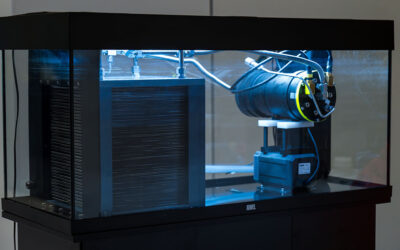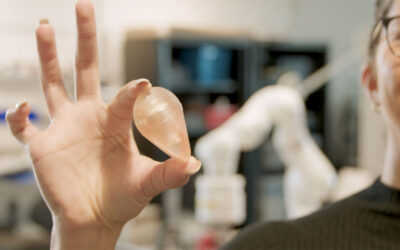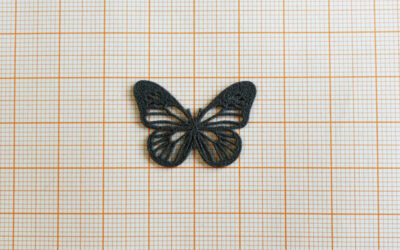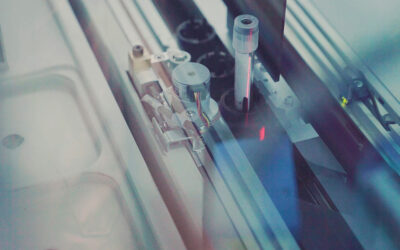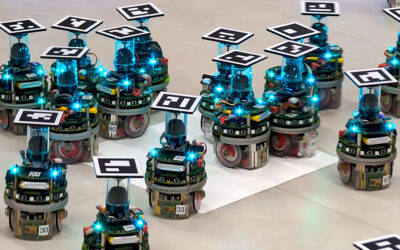Injection molding is a widely used manufacturing process for mass production of plastic materials, including those used in electronics, medical devices, and automobile parts. To improve pre-existing limitations in terms of manufacturing time and accuracy, combining traditional methods for injection molding with state-of-art algorithms could be the key.
To make a product using injection molding, a polymer is melted by electric and frictional heat and the molten material is injected into a rigid metal mold under high pressure. The quality of the product is greatly influenced by process conditions such as temperature, filling velocity, and pressure, which are controlled and optimized by engineers. A trial-and-error method is widely used to obtain optimum condition for each product. However, in some cases, the process can be streamlined using computer-aided engineering simulations. Unfortunately, these computations require large amounts of time and come with high computing costs, which prevent the widespread use of computer-based optimizations.
Metamodels could perhaps be a solution for real-time process optimization. These are systems — usually artificial neural networks — that use a trained model with various simulation results. It may take time and effort to determine the optimal model parameters such as the number of layer, node, epoch. In this sense, after building the model, a neural network can predict the output instantaneously.
Previous research has tried to develop AI-based process optimization for injection molding; however, these studies proceeded under very constricted environments, which make it impossible to apply to any real application. For example, most studies merely gathered data using a single mold, which means it does not include any information related to geometry and is valid only for designated products used to create the training data. Thus, the engineer still has to conduct numerous simulations for data gathering before being able to apply the AI-based optimization system to the manufacturing of new, unknown products.
By developing a novel process recommender system which can suggest the optimal process conditions for arbitrary products in real-time based on the data collected from various molds and transfer learning, non-expert users could easily set up the process conditions without gathering data themselves through extensive simulations.
To build this system, 3,600 simulations and 476 experiments of injection data from 36 different products were gathered. Each included geometry and process data as input and weight as output. The AI model can learn the pattern between input and output, which means that it can predict the weight of any combination of process and geometry conditions. This allowed our recommender system to operate for any desired products without training, and within 1% relative error.
Moreover, “transfer learning” was also used to optimize this system, which consists of two steps: First, a model is trained using a large number of cheap data. Then, only a few layers of the model are trained with the small amount of expensive data. It can combine the advantages of simulation and experimental data. Simulation data is “cheaper” than real data in the aspect of time and price, however, it still has an accuracy error compared real experimental data. It can minimize the gap between the simulation and real data and thus it can improve the performance with limited experiment data.
Therefore, the user would only need geometry information of a product and a target weight which is used for product quality criteria without simulation or experiment data. In this way, the recommender system could overcome the field’s dependency on injection molding experts. Furthermore, it could bring about automated smart factory without engineers by determining the optimal process conditions by itself.
Moving forward, we expect similar approaches to be expanded to other manufacturing fields such as casting, 3D printing, and machining. Beyond the manufacturing fields, this process can be applied to any optimization problem by combining simulation and experiment data.
Reference: Chihun Lee, et al., ‘Development of Artificial Neural Network System to Recommend Process Conditions of Injection Molding for Various Geometries,’ Advanced Intelligent Systems (2020). DOI: 10.1002/aisy.202000037












